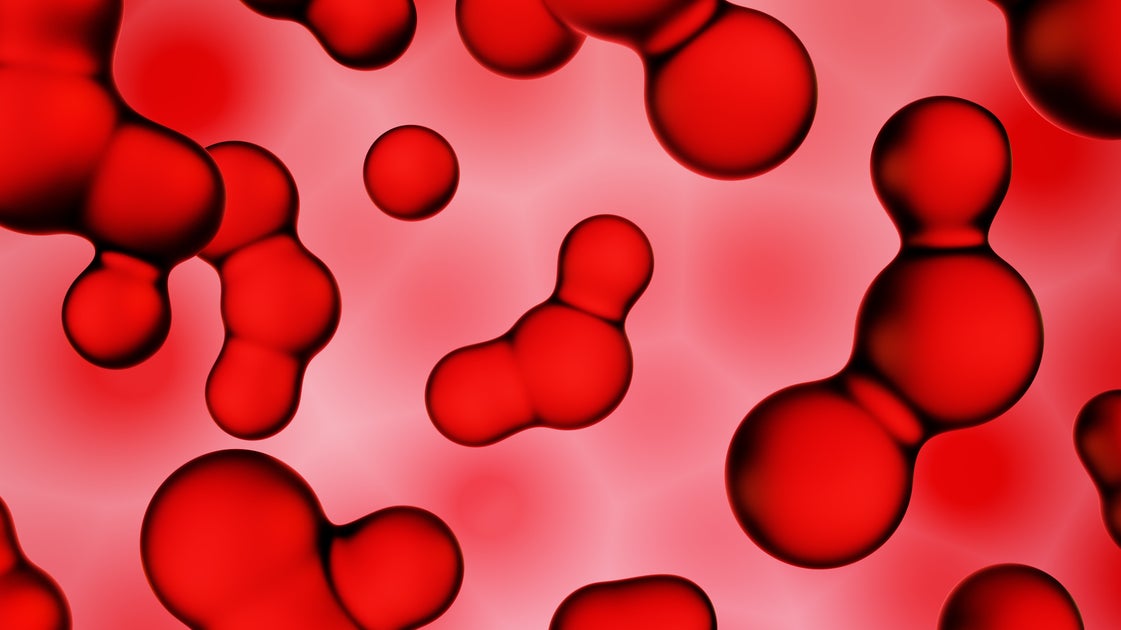
Why some cancers recur after years of dormancy is a question scientists have been racing to answer. Past evidence suggests that stress, chronic inflammation and hormonal changes may reawaken sleeping cancer cells.
Now, in the case of breast cancer, new research published in the medical journal ”Nature” suggests that common respiratory viruses, like the flu and COVID, can reactivate dormant cancer cells in the lungs and lead to metastatic disease within a couple of weeks. But it may not be the actual viruses themselves that stir up cancer cells, but rather our immune responses.
Dr. Karishma Kollipara, a breast surgeon at Northwell’s Staten Island University Hospital, says the report shows that symptoms on the surface aren’t the only threat. “These findings underscore the importance of vaccination and preventative strategies in patients with cancer, particularly in those with a history of metastatic disease,” Kollipara told HuffPost.
Cancer cells became active in response to viral infections.
During the pandemic, scientists noticed an uptick in death and metastatic lung disease among breast cancer survivors who had been diagnosed with SARS-CoV-2, the virus that causes COVID.
For example, one study found that people who actively had breast cancer and tested positive for COVID faced a doubled risk of dying compared to people with breast cancer who tested negative for COVID. Another report discovered that people with breast cancer who tested positive for COVID were nearly 50% more likely develop metastatic disease in their lungs compared to those with breast cancer who didn’t get COVID.
Iana Kunitsa via Getty Images
Past evidence has shown that inflammation — caused by other illnesses, aging and trauma — may reactivate some dormant cancer cells, according to Dr. Jennifer Wall Forrester, an infectious diseases specialist and professor of clinical internal medicine at UC Health. And some scientists have postulated that viral infections may similarly trigger inflammation that reactivates disseminated dormant cancer cells (DDCs) — cancer cells that previously broke away from the original tumor, then settled down and laid dormant for an extended period of time.
To test this theory, the researchers exposed mice to either SARS-CoV-2 or influenza. They found that both viruses stirred DDCs in the lungs. Within days, the cells had metastasized; within two weeks, metastatic lesions had formed.
In a press release, one of the researchers, Julio Aguirre-Ghiso, Ph.D., director of MECCC’s Cancer Dormancy Institute, likened DDCs to embers leftover from an abandoned campfire. “Respiratory viruses are like a strong wind that reignites the flame,” he stated.
Interestingly, the reawakened cancer cells became dormant again once the infection was resolved. That said, those cells were more awakened than they had been — and were therefore more likely to multiply in the future. In theory, each future infection would increase the risk that dormant cancer cells could wake up and proliferate.
It’s worth noting that the study was conducted in rodents, and while a similar effect may occur in humans, this has not definitely been proven, Kollipara said. In addition, the study only examined cancer cells in the lungs, so it’s unclear if the infections impacted cells located in other parts of the body, she added.
Why might COVID and the flu have this effect on cancer cells?
When you contract the flu or COVID, your body releases inflammatory cytokines that help fight the pathogen and heal damaged tissue. According to the Cleveland Clinic, cytokines also tell immune cells where to go so they can attack and clear out an infection.
While inflammatory cytokines are essential for fighting infections, they’re also known to “promote cancer malignancy and metastases,” the study states. One specific kind of inflammatory cytokine, interleukin-6 (IL-6), appeared to activate the DCCs and allow them to multiply.
At the same time, other components of the immune system, including a type of white blood cell called T cells, became impaired. CD4, a type of T cell, affected functioning of CD8, a T cell that typically suppresses tumor cell growth. As a result, tumor cells were able to persist in the body, Kollipara explained.
To better understand this effect, the researchers deactivated IL-6 in the mice and found that far fewer cancer cells reawakened. To the research team, this ultimately suggests that the surge in IL-6 that follows an infection plays an essential role in igniting sleeping cancer cells.
Forrester suspects the link between viral infections and cancer recurrence is multifactorial. More research is needed to understand how viral infections impact cancer recurrence, but this report offers some important clues as to why breast cancer recurrence has increased since the COVID pandemic.
“This study may lead to more research to determine if this type of immune response in humans has contributed to that finding,” Forrester said.
What does this mean for breast cancer survivors?
According to Forrester, the new findings reinforce how important it is for cancer survivors and people with cancer to take extra precautions to avoid getting the flu or COVID.
She recommends staying up to date with your vaccines and washing your hands thoroughly when you’re out and about. If you develop respiratory symptoms, book an appointment with a health care provider. There are prescription treatments for both COVID and the flu that can shorten the duration of the illness, and reduce the intensity of the symptoms.
Kollipara said everyone should consider wearing a face mask in public if they have respiratory symptoms to help prevent the spread to cancer survivors. “Simple measures like vaccinations, masks and early treatment already provide a known benefit with minimal risk and should therefore be encouraged,” she said.






